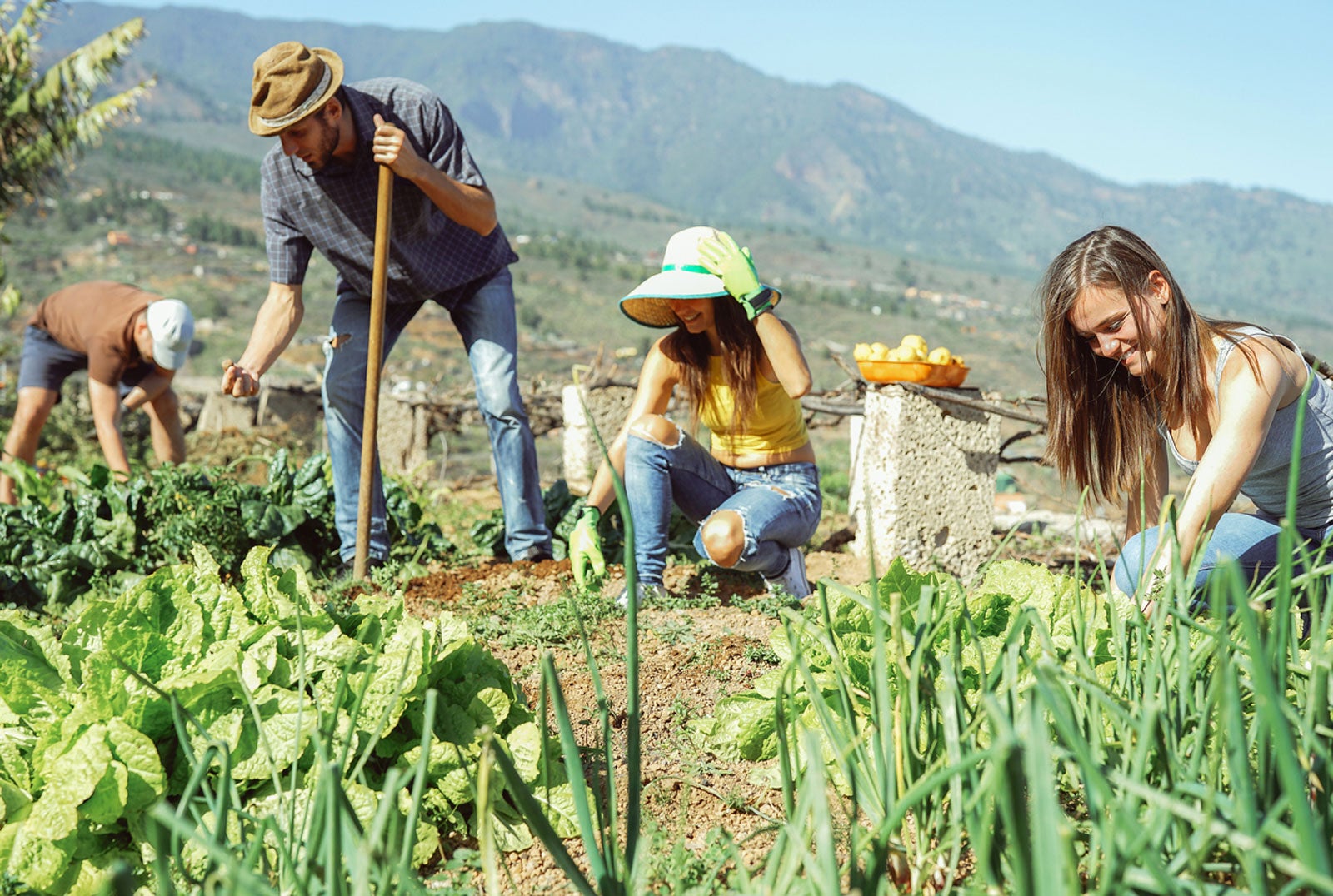High Altitude Vegetable Gardening – How To Grow A Mountain Vegetable Garden

Growing high altitude vegetables is difficult but not impossible. Mountain vegetable gardening is nothing like growing in the Midwest, Pacific Northwest, or even down South. Nope, high altitude vegetable gardening takes special know-how. So, what kinds of things does a gardener need to know before veggie gardening in the mountains?
Veggie Gardening in the Mountains
When high altitude vegetable gardening, the first thing is to be realistic. Higher altitudes have cooler temperatures and a shorter growing season that is often measured in weeks rather than months. Part of being realistic is knowing there is no way you are going to grow warm weather eggplant. Stick to the cool weather veggies for your mountain vegetable garden.
Not only is the growing season shorter but more critters than just you will be competing for those nutrient-rich vegetables. How you protect your crop will mean the difference between feeding yourself and being surrounded by chubby rabbits and deer.
The weather in a veggie garden in the mountains is unpredictable during the growing season as well. You may encounter sudden July hailstorms or early August frosts. Too much rain, too little rain, record high temperatures, forest shaded locations — these all afflict high altitude vegetables.
Creating a Successful Mountain Vegetable Garden
There are some things you can do to ensure successful veggie gardening in the mountains. First, check your area’s climate zone. This will give you an idea regarding the length of the growing season. This is just a somewhat idea, though, because mountainous regions are notorious for having multiple microclimates, which can affect you differently than someone only a couple of miles away.
Select an area in your landscape that receives the most sun, away from shading forest trees or cliffs. If you only have a north-facing area, growing vegetables is probably not in the cards for you. Choose seeds with the shortest day to maturity numbers. This includes things like most leafy greens and root veggies. Beets and turnip greens are also good choices for early-season greens. If you mulch them well and an early freeze hits, potatoes can be grown in your mountain garden.
Veggies like tomatoes, squash, peppers, and green beans are riskier choices. If you jumpstart the growing process by starting the seeds indoors, you give them a better chance. Transplant them early if need be into a cold frame or in raised beds. Protect these delicate transplants throughout the growing season. Also, choose the shortest “days to harvest” when choosing high altitude vegetables.
Sign up for the Gardening Know How newsletter today and receive a free copy of our e-book "How to Grow Delicious Tomatoes".
Vegetable gardens in mountainous areas do require more patience, knowledge, and adaptability than in the lowlands. Start seeds indoors, protect plants (especially at the start and end of the growing season), and select cultivars with short harvest dates and growing seasons. Be realistic about what can and cannot grow in a high altitude vegetable garden.
Lastly, keep a garden journal and talk to any nearby neighbors who have had experience gardening at high altitudes.

Amy Grant has been gardening for 30 years and writing for 15. A professional chef and caterer, Amy's area of expertise is culinary gardening.
